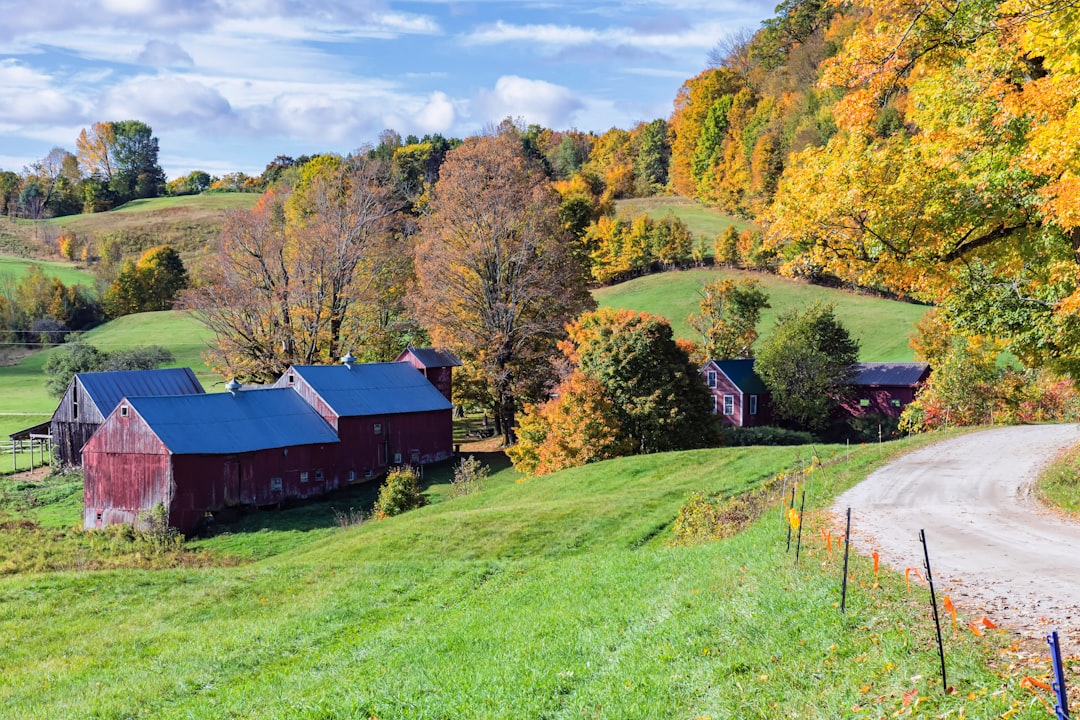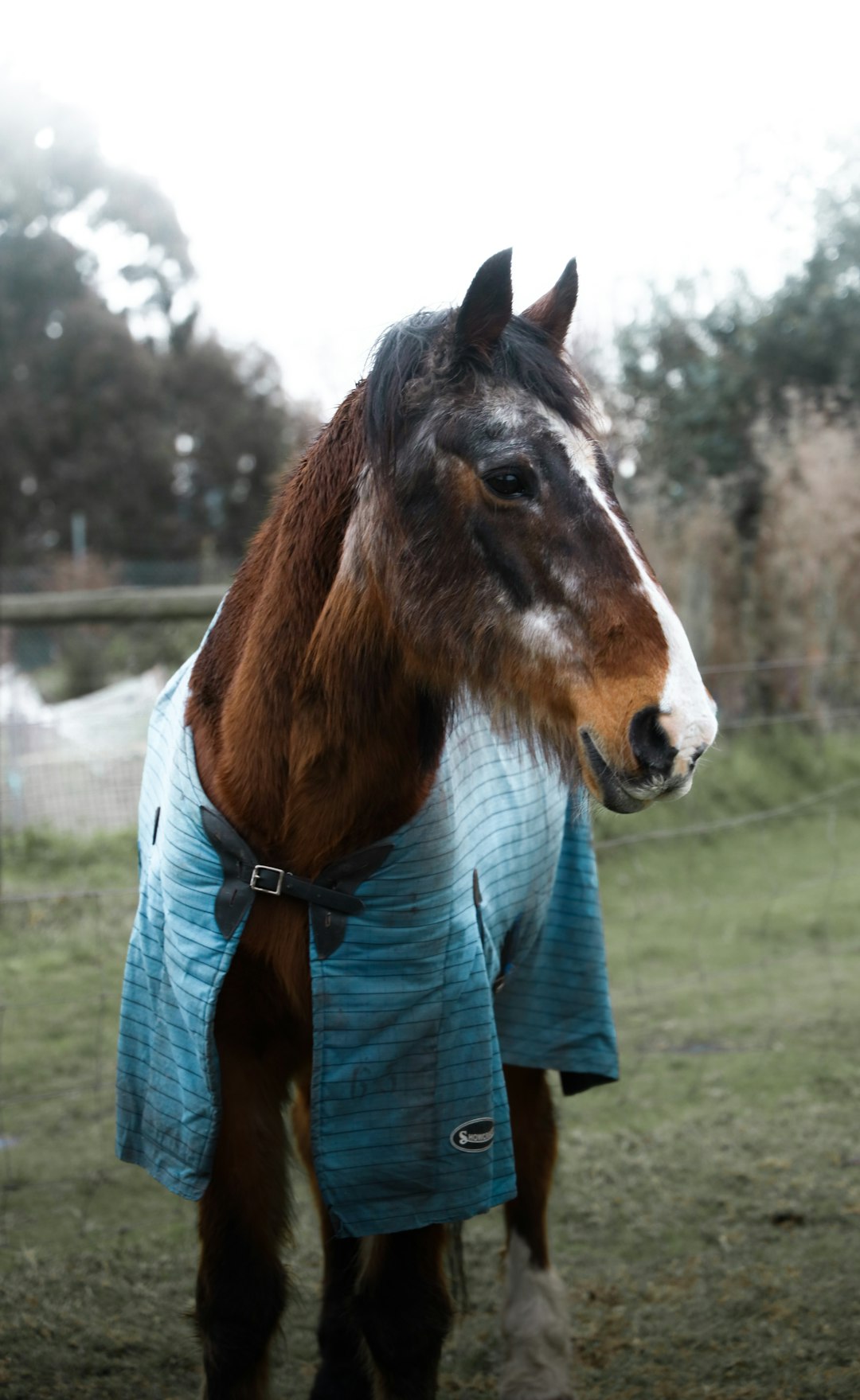Foxtail barns, also known as pole barns, are popular rustic structures commonly found in rural areas. These versatile buildings have a long history and are widely used for various purposes such as storing equipment, housing livestock, or serving as a workshop. This article provides a brief overview of foxtail barns, highlighting their characteristics, construction methods, and benefits.
Foxtail barns derive their name from the roofing style, which resembles the shape of a fox's tail. The main feature of these barns is the use of sturdy wooden poles or posts as the primary structural support instead of traditional framing. This construction method allows for an open, spacious interior without the need for interior load-bearing walls or columns. With ample space and flexibility, foxtail barns can be easily modified to suit different needs, making them a popular choice among farmers, homeowners, and business owners alike.
The materials used in constructing foxtail barns are typically wood and metal, ensuring durability and minimal maintenance requirements. The wooden posts are securely anchored into the ground to provide stability, while the metal roofing and siding offer protection against the elements. This combination of materials makes foxtail barns resistant to harsh weather conditions, such as high winds and snow loads, providing a safe and reliable shelter for both animals and belongings.
Foxtail barns have gained popularity not only for their practicality but also for their aesthetic appeal. Their rustic charm fits well with country-style or farmhouse-themed properties, adding character to the surroundings. Moreover, their open design allows for natural ventilation and ample natural light, creating a pleasant working or living environment. Whether used for agricultural purposes or as a multipurpose building, foxtail barns continue to be a beloved choice for those seeking a versatile and visually pleasing structure.# The History of Foxtail Barns
Foxtail barns have a long-standing history, deeply rooted in agricultural practices. These rustic structures have served as essential components of farms and rural landscapes for centuries. In this section, we will delve into the fascinating history of foxtail barns and their evolution over time.
1. Origins and Purpose
Foxtail barns, also known as threshing barns, emerged in Europe during the medieval period. They were primarily used to store harvested grains, such as wheat or barley, and were designed to house the threshing process.
Threshing, a key step in grain processing, involved separating the edible grain kernels from the husks or chaff. Foxtail barns provided an ideal space for farmers to conduct this process, protecting the grains from moisture and vermin.
2. Architectural Features
Traditional foxtail barns typically feature a heavy timber frame construction, utilizing sturdy wooden beams and posts. This design ensured the barn's durability and ability to withstand the elements.
The barn's roof often showcased a unique feature called the foxtail ridge, which gave these barns their distinctive name. The foxtail ridge resembled a fox's tail with its gently curved shape, adding an aesthetic charm to the structure.
The presence of large double doors on one or both sides of the barn facilitated easy access for wagons during loading and unloading operations.
3. Evolution and Adaptation
Over the centuries, foxtail barns underwent modifications and variations to meet evolving agricultural needs. Some barns incorporated ventilation systems to improve airflow and prevent spoilage of crops. Others featured additional storage areas for equipment or livestock.
With the advent of modern farming techniques and machinery, the traditional role of foxtail barns gradually diminished. However, many barns have been repurposed as event spaces, workshops, or even residential structures, highlighting their cultural significance and architectural appeal.
4. Preservation Efforts
- Recognizing the historical value of foxtail barns, preservation organizations and enthusiasts have been taking steps to protect and restore these structures. Their efforts aim to maintain the cultural heritage associated with foxtail barns and prevent their complete disappearance from rural landscapes.
In summary, foxtail barns have a rich history deeply intertwined with agricultural practices. From their origins as grain storage and threshing spaces, these barns have evolved and adapted over time. Today, they continue to be cherished as architectural gems, with efforts underway to safeguard their legacy for future generations to appreciate.
Features of Foxtail Barns
Foxtail Barns are known for their distinct rustic charm and unique features. Whether used for agricultural purposes or as event venues, these structures have several noteworthy characteristics that make them stand out. Here are some key features of Foxtail Barns:
1. Architectural Design:
Foxtail Barns exhibit a classic barn architecture, characterized by their gabled roofs, large open spaces, and sturdy timber framing. The symmetrical design and clean lines enhance their visual appeal, making them a popular choice for those seeking a quintessential countryside aesthetic.
2. Natural Materials:
Built predominantly with natural materials, such as wood, stone, and metal, Foxtail Barns blend seamlessly with their surroundings, harmonizing with the natural environment. This organic approach not only enhances their aesthetic appeal but also contributes to their sustainability and durability.
3. Spacious Interiors:
The expansive interiors of Foxtail Barns provide ample room for various purposes. Whether it's storing agricultural equipment, housing livestock, or hosting events, the generous square footage offers flexibility and adaptability.
4. Loft Spaces:
Many Foxtail Barns feature loft spaces, accessible via staircases or ladders, adding an additional dimension to their functionality. These elevated areas can be utilized for storage, workshops, or even converted into comfortable living quarters.
5. Hayloft Doors:
A distinctive feature of Foxtail Barns is their iconic hayloft doors. Usually located on the upper level, these oversized doors not only serve as entrances for loading and unloading hay but also contribute to the barn's visual appeal.
6. Weather Resistance:
Foxtail Barns are designed to withstand harsh weather conditions, with features like sturdy roofing materials, proper insulation, and well-ventilated interiors. This ensures that the barns can withstand heavy rains, strong winds, and extreme temperatures, providing a safe environment for both livestock and stored items.
7. Versatility:
One of the key advantages of Foxtail Barns is their versatility. They can serve a multitude of purposes, such as storage facilities, workshops, event venues, or even transformed into charming living spaces. This adaptability makes them an attractive option for homeowners, farmers, and event planners alike.
Foxtail Barns encompass a range of appealing features, making them an intriguing choice for those captivated by their timeless charm and practicality. With their unique blend of traditional aesthetics and modern functionality, these rustic structures continue to hold a special place in architectural design.
Popular Uses for Foxtail Barns
Foxtail barns are versatile structures that have gained popularity for their rustic charm and practical functionality. Whether used for residential, agricultural, or commercial purposes, these barns offer a wide range of applications. Here are some of the popular uses for foxtail barns:
Residential: Foxtail barns have become an attractive choice for homeowners looking to add a touch of country elegance to their property. These barns can be converted into cozy living spaces, guest houses, or even event venues. The spacious interiors and high ceilings offer endless possibilities for customization and interior design.
Agricultural: Foxtail barns have long been an integral part of farming operations. They provide ample storage space for equipment, hay, and livestock feed. Additionally, these barns can serve as shelter for animals during extreme weather conditions. With proper insulation and ventilation, they create a comfortable environment for both animals and farmers.
Equestrian: Foxtail barns are particularly popular among equestrians due to their functionality and aesthetic appeal. These barns can be designed to include stables, tack rooms, grooming areas, and even indoor riding arenas. The durable construction and open layouts of foxtail barns make them a practical choice for horse owners and trainers.
Commercial: Foxtail barns have also found their place in the commercial sector. From quaint boutiques to wineries and breweries, businesses are embracing the rustic charm and unique character that these barns offer. Their versatility allows for easy customization to suit various business needs, whether it's retail space, cozy cafés, or event venues.
Storage: Foxtail barns are highly sought after for their generous storage capacities. Their open floor plans and tall ceilings allow for efficient organization of equipment, vehicles, and machinery. Whether it's for agriculture, construction, or other industries that require extensive storage, these barns provide ample space to keep everything organized and protected from the elements.
Workshops: The spacious interiors and durable construction of foxtail barns make them ideal for workshops. Whether it's woodworking, metalworking, or any other craft, these barns offer ample space for tools, equipment, and project materials. The natural light that filters through their windows creates a pleasant and inspiring work environment.
Foxtail barns are cherished for their versatility, making them a fitting choice for residential, agricultural, or commercial applications. These rustic structures provide the perfect blend of aesthetics and practicality, catering to a variety of needs. With their timeless appeal and enduring charm, foxtail barns continue to be a popular choice for those seeking a unique and functional space.
Advantages of Foxtail Barns
Foxtail barns offer a range of advantages that make them a popular choice for individuals and businesses seeking a rustic structures with a dash of elegance. These advantages contribute to the enduring appeal and practicality of foxtail barns in various applications. Below are some key advantages associated with foxtail barns:
Authentic rustic charm: Foxtail barns exude a distinct charm with their traditional design, featuring exposed wooden beams, high ceilings, and wide open spaces. This authentic rustic aesthetic adds character and a warm ambiance to any setting.
Versatility: Foxtail barns are incredibly versatile structures, easily adaptable for a variety of purposes. From hosting weddings, corporate events, or art exhibitions to serving as storage units or workshops, these barns can be customized to suit a wide range of requirements.
Durability and longevity: Built using high-quality materials like solid wood and sturdy steel, foxtail barns are designed to withstand various weather conditions and provide a lasting structure. Their durability ensures the investment is worthwhile over the long term.
Flexibility in design: Foxtail barns can be designed and customized with flexibility in mind. With options to add or remove partitions, install mezzanine floors, or incorporate windows and doors at desired locations, the layout of the barn can be tailor-made to meet specific needs.
Energy efficiency: Foxtail barns can be designed to prioritize energy efficiency, with insulation options that help regulate indoor temperature year-round. This feature can reduce energy consumption and associated costs for heating or cooling the barn.
Affordable construction: Compared to other traditional building options, constructing a foxtail barn can be a cost-effective choice. The use of prefabricated components and the efficient construction process save on labor and time, resulting in overall lower construction costs.
Environmentally friendly: Using sustainably sourced materials and incorporating green building practices, foxtail barns can be an environmentally friendly choice. With proper insulation and energy-efficient systems, they contribute positively to reducing carbon footprint.
Table: Key Advantages of Foxtail Barns
| Advantage | Importance |
|---|---|
| Authentic charm | Adds character and warmth to any setting |
| Versatility | Adaptable for various purposes and events |
| Durability | Long-lasting and able to withstand different weather |
| Flexibility | Customizable to suit specific requirements |
| Energy efficiency | Reduces energy consumption and associated costs |
| Affordable | Cost-effective construction compared to alternatives |
| Environmentally friendly | Uses sustainable materials and practices |
In conclusion, foxtail barns offer a unique combination of rustic charm, versatility, durability, energy efficiency, affordability, and sustainability. These advantages make foxtail barns an attractive choice for those seeking a practical and aesthetically pleasing structure for various purposes.



